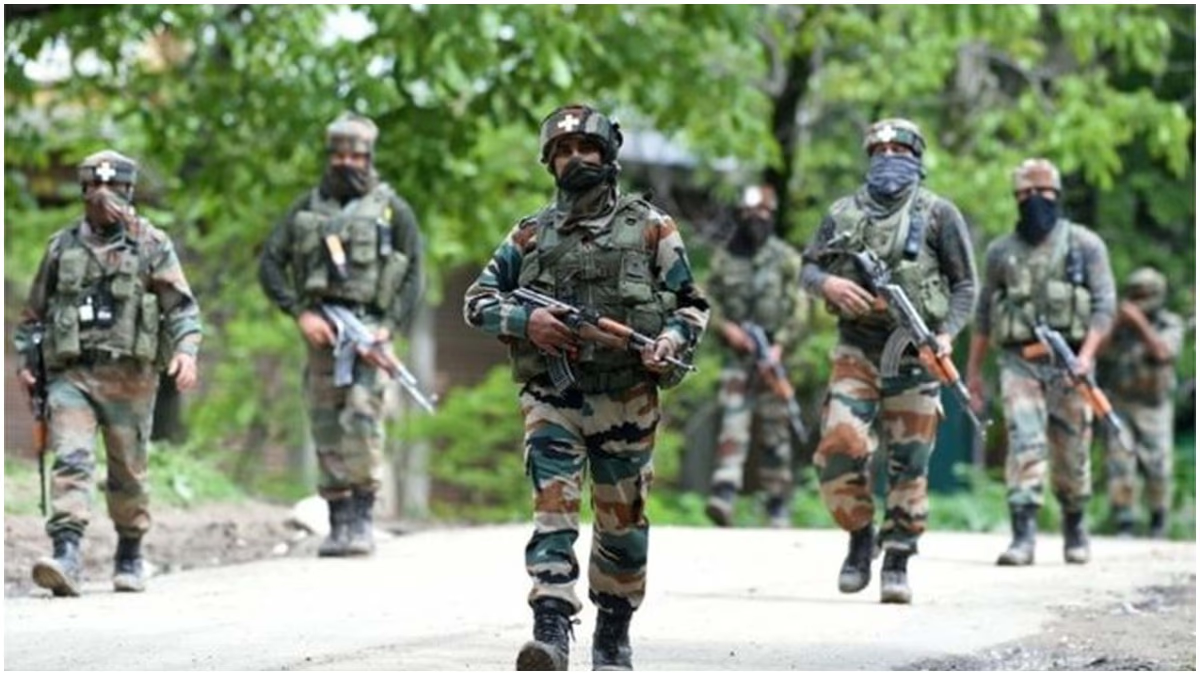The terrorists who brutally murdered 26 tourists on April 22 in the Baisaran Valley of Pahalgam are believed to still be in Jammu and Kashmir. Over the past five days, security forces have pinpointed the attackers from the Pahalgam incident at least twice, closing in on them within the dense forests of South Kashmir. They were located in two areas, one of which is identified as Haptanar village in Achabal Municipality, Anantnag District.
In recent days, according to sources, there was a confrontation between the security forces and the Pahalgam attackers with an exchange of gunfire, but the terrorists managed to flee. Through local intelligence, information, and search operations, the terrorists' positions have been detected. An army officer described the situation as a 'cat and mouse chase.' Many times, the terrorists were clearly visible, but due to the dense forests, they have eluded capture effortlessly. Nonetheless, there is a strong belief in their capture being imminent.
Also See: China Supports Pakistan's Demand on Pahalgam Attack, Urging Both Nations to Ease Tensions
The Indian Army, Central Armed Police Force, and Jammu and Kashmir Police have been conducting extensive search operations in the Baisaran Valley and surrounding forests to capture the four terrorists responsible for the Pahalgam attack. Two of the perpetrators are locals, and two are Pakistanis who shot and killed 26 tourists on April 22 in Baisaran Grounds. They were sighted near the forests close to Haptanar village in Anantnag's Pahalgam Tehsil but took advantage of the thick woodland to escape. Later, they were seen in the woods of Kulgam, where they engaged with security forces before evading capture again. It is suspected that they are currently hiding in the mountains of Tral and Kokernag.
Meanwhile, the anti-infiltration apparatus in Jammu and Kashmir has been bolstered, and border security has been heightened on high alert to ensure the terrorists cannot cross into Pakistan-Occupied Kashmir. The four terrorists are operating with extreme caution in sourcing food and supplies, adding to the difficulty of detecting them. An officer noted, 'Typically, terrorists need to source food, approaching villages to resupply. Sometimes, they call on local contacts to bring supplies into the forests, providing intelligence inputs that aid us in surrounding them. However, those who attacked tourists in Pahalgam operate with notable caution.'
Also See: Pakistani Citizens’ Visas Revoked Following Pahalgam Terrorist Attack; Majority Deported from UP
An incident was reported where they entered a village, seized food from a home during dinner, and escaped. By the time security forces were alerted and responded, the terrorists had vanished. Sources indicate another challenge is that the Kishtwar Range, contiguous to Pahalgam's higher terrains, received less snowfall this season, offering the terrorists a potential route towards Jammu. They exploit this mountainous range as a transit path, remaining elusive within South Kashmir, yet security forces are hopeful that a miscalculation by the terrorists will lead to their downfall.




